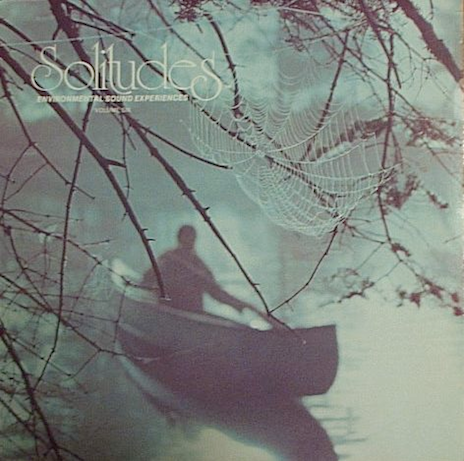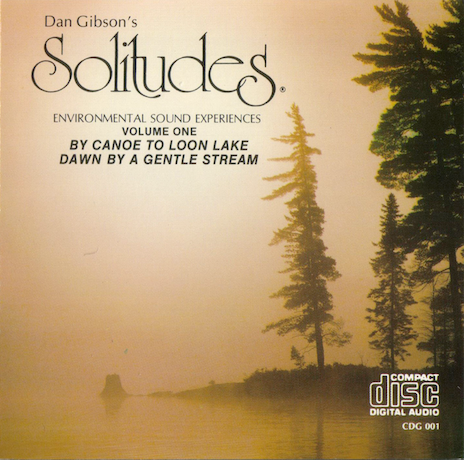
It happens. You spend a weekend in the woods, listening to nothing but dancing trees, the hiss of a well-built fire (because all of our fires are well-built, right?), and, if you’re up in the , that heavenly swoosh of your canoe paddle brushing up against Lake Superior. Then, when the trip comes to a close, you’re back in your apartment, drowning in the city’s constant banging or the buzz of the neighbors mowing their lawn for the third time in two days.
Enter Dan Gibson.
Throughout the 1940s, Dan Gibson (above, left) made nature films, including , where he learned how to record wildlife sound. He helped design pioneering audio equipment, including the “Dan Gibson Parabolic Microphone,” which he used to record LPs in the 1950s and 60s.
In the late 60s and early 70s, Dan found time to release a few records featuring the sounds of nature. The LPs did not initially attract widespread interest, but by the late 1970’s, sales were growing handsomely, fuelled by rising sales in California and the emerging green movement across North America. In 1981, Gibson started the series, named after his favorite song by Duke Ellington, “In My Solitude.”
Yes, Solitudes is the ubiquitous “sounds of nature” line of albums, and while you might dismiss ever listening to something like this, think again. It’s not Enya. The original first few volumes of Solitudes, with names like “Among the Giant Trees of the Wild Pacific Coast” and “Storm on Wilderness Lake” are raw and interrupted. They’re scary. They’re lonely and sparse. They do exactly what they’re meant to do, which is transport to you the middle of a deep forest in the middle of the night, curled up in your sleeping bag, fearing for your life as you lay awake listening to a wolf howl at the moon. Wonderful, right?

Unfortunately for my preferences, Solitudes is now more New Age music and whale calls than wolf cries and swamps. (Solitudes is now run by Dan’s sons. Dan passed away in 2006.) BUT, if you ever find one of the old LPs at the thrift store, buy it. The washed-out covers, descriptions and stories of the process, and the actual recordings�� are just wonderful. You’ll forget you ever left the trail.
Here’s the description that accompanies Volume 1 of Solitudes, By Canoe To Loon Lake:
“Our starting point is a waterfall at the end of a portage. We dip the paddle into the gently flowing river. We drift awhile. We are watched. The ruby-crowned kinglet notes our presence in its territory. The Kinglet is the first wildlife voice we hear. As we drift downwards a spruce lined shore one of nature’s friendliest sounds keeps us company, the spruce forest rings with the song of the white-throated sparrow. … Up ahead we can see the white waters of the rapids thrashing up above the surface level of the lake. The canoe is drawn forward. Our microphones are mounted on the on the gunwales, soon you are plunging into ever quickening rapids until they are thundering all around you as you surge through the channels … then come at last to the placid reaches of Loon Lake. A slight evening breeze drifts us out into the secluded lake where the gray tree frogs and the spring peeper frogs provide their evening background chorus to the haunting calls of the loon.”
Thank you, Dan Gibson. For more information on the series, click .
��Jeff Thrope is the editor and founder of Cold Splinters. For more ways to pretend you’re sleeping under the stars instead of reading the Internet, visit and .